Norfolk Island Pine Repotting: Learn How To Repot A Norfolk Island Pine
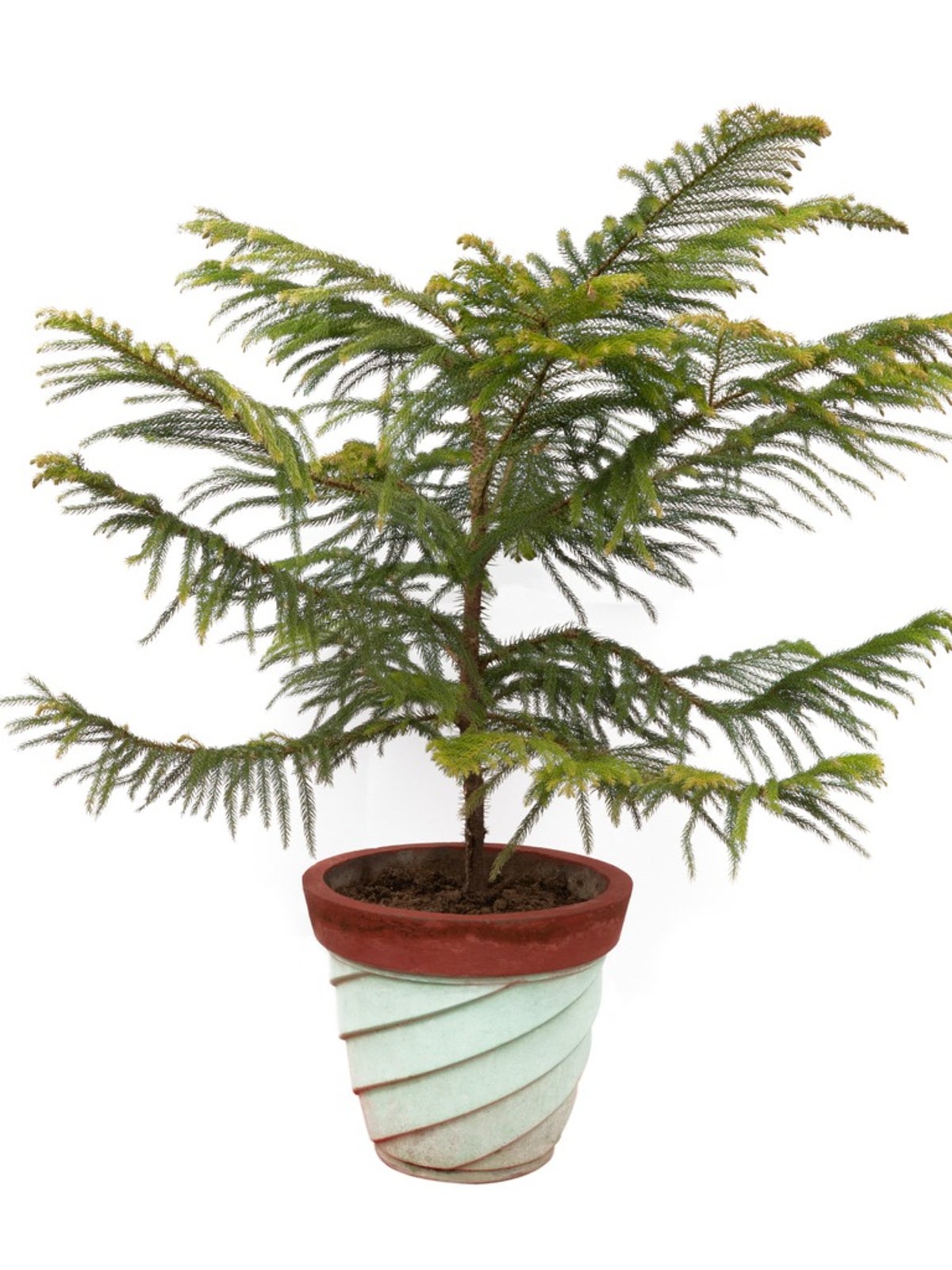

The lacy, delicate foliage of this pretty, south Pacific tree makes it an interesting houseplant. The Norfolk Island pine thrives in warmer climates and can grow very tall, but when grown in containers it makes a nice, compact houseplant in any climate. Learn how to transplant your Norfolk so you can keep it happy and healthy.
How to Repot a Norfolk Island Pine
In its natural environment outdoors the Norfolk Island pine can grow as tall as 200 feet (60 m.). When you grow it in a container though you can manage its size and restrict it to 3 feet (1 m.) or smaller. These trees grow slowly, so you should only have to repot every two to four years. Do it in the spring as the tree is beginning to show new growth. When transplanting a Norfolk Island pine, choose a container that is only a couple inches (5 cm.) bigger than the previous one and be sure that it drains. These trees don’t tolerate soggy roots, so use a soil with vermiculite to promote drainage. Researchers have actually determined the ideal depth for repotting Norfolk Island pines. A study found the best growth and sturdiness when the top of the transplanted pine’s root ball was situated 2 to 3 inches (5-8 cm.) below the surface of the soil. The researchers saw less growth when the trees were planted deeper or shallower. Do your Norfolk Island pine repotting very gently, both for your sake and its. The trunk has some nasty spikes that can really hurt. The tree is sensitive to being moved and transplanted, so wear gloves and go slowly and gently.
Caring for Your Norfolk Island Pine Transplant
Once you have your pine in its new pot, give it the best care to help it thrive. Norfolk pines are notorious for developing weak roots. Overwatering makes this worse, so avoid too much water. Regular fertilizer will help strengthen the roots too. You may also need to stake your plant as it grows. The weak roots can make it lean or even tip over all the way. Find a sunny spot for your Norfolk, as dim light conditions will make it stretch out and grow leggy. You can put it outdoors in warmer weather or keep it in year-round. When you see roots start to grow through the bottom of the pot, it’s time to transplant and give your Norfolk roomier conditions.
Gardening tips, videos, info and more delivered right to your inbox!
Sign up for the Gardening Know How newsletter today and receive a free copy of our e-book "How to Grow Delicious Tomatoes".

Mary Ellen Ellis has been gardening for over 20 years. With degrees in Chemistry and Biology, Mary Ellen's specialties are flowers, native plants, and herbs.
-
 Types Of Tomatoes Explained: Explore The Many Wonderful Shapes, Colors, Flavors, & Best Uses
Types Of Tomatoes Explained: Explore The Many Wonderful Shapes, Colors, Flavors, & Best UsesThe world of tomato varieties is vast and fascinating. Learn about the key types to grow in your garden, tailored to your preferences and space.
By Amy Grant
-
 Try The Trend – Turn Any Bed Into A Keyhole Garden With This Clever In-Ground Composter
Try The Trend – Turn Any Bed Into A Keyhole Garden With This Clever In-Ground ComposterKeyhole gardening is an efficient and sustainable practice that saves space. Get started on this DIY project quickly and easily with an in-ground composter.
By Bonnie L. Grant
-
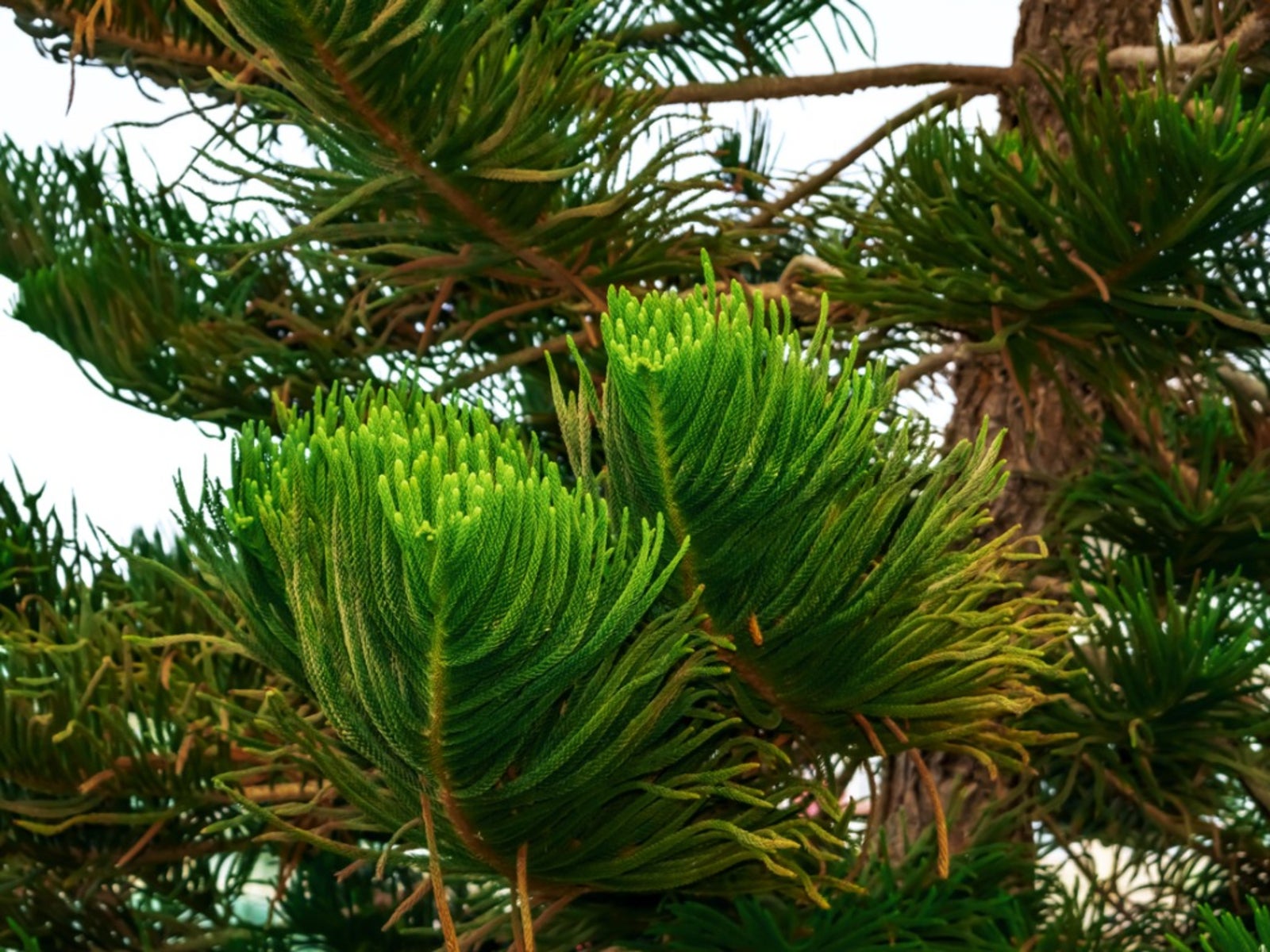 Yellow/Brown Norfolk Pine Leaves: My Norfolk Pine Is Turning Brown
Yellow/Brown Norfolk Pine Leaves: My Norfolk Pine Is Turning BrownIf the foliage of your lovely Norfolk pine is turning brown or yellow, jump in and try to determine the cause. Although most browning e results from problems with cultural care, it may also indicate diseases or pests. Click here for information on yellow/brown Norfolk pines.
By Teo Spengler
-
 Norfolk Pine Water Requirements: Learn How To Water A Norfolk Pine Tree
Norfolk Pine Water Requirements: Learn How To Water A Norfolk Pine TreeNorfolk pines (also frequently called Norfolk Island pines) are big beautiful trees native to the Pacific Islands. But how much water does a Norfolk pine need? Click this article to learn more about Norfolk Island pine water requirements.
By Liz Baessler
-
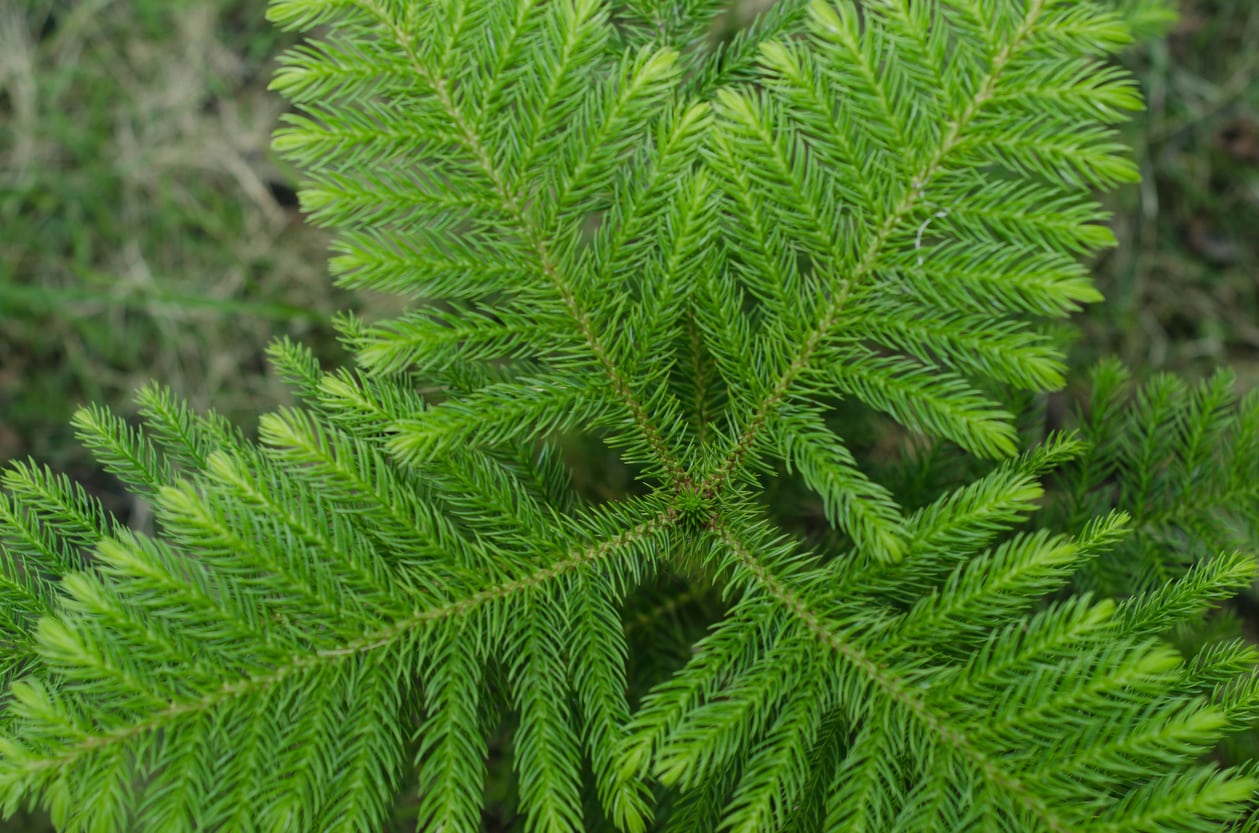 Fertilizing A Norfolk Island Pine Tree – How To Fertilize A Norfolk Island Pine
Fertilizing A Norfolk Island Pine Tree – How To Fertilize A Norfolk Island PineIn the wild, Norfolk Island pines are huge, towering specimens. They also perform very well in containers. But how much fertilizer does a Norfolk Island pine need to stay healthy? Click here to learn how to fertilize a Norfolk Island pine, both indoors and out.
By Liz Baessler
-
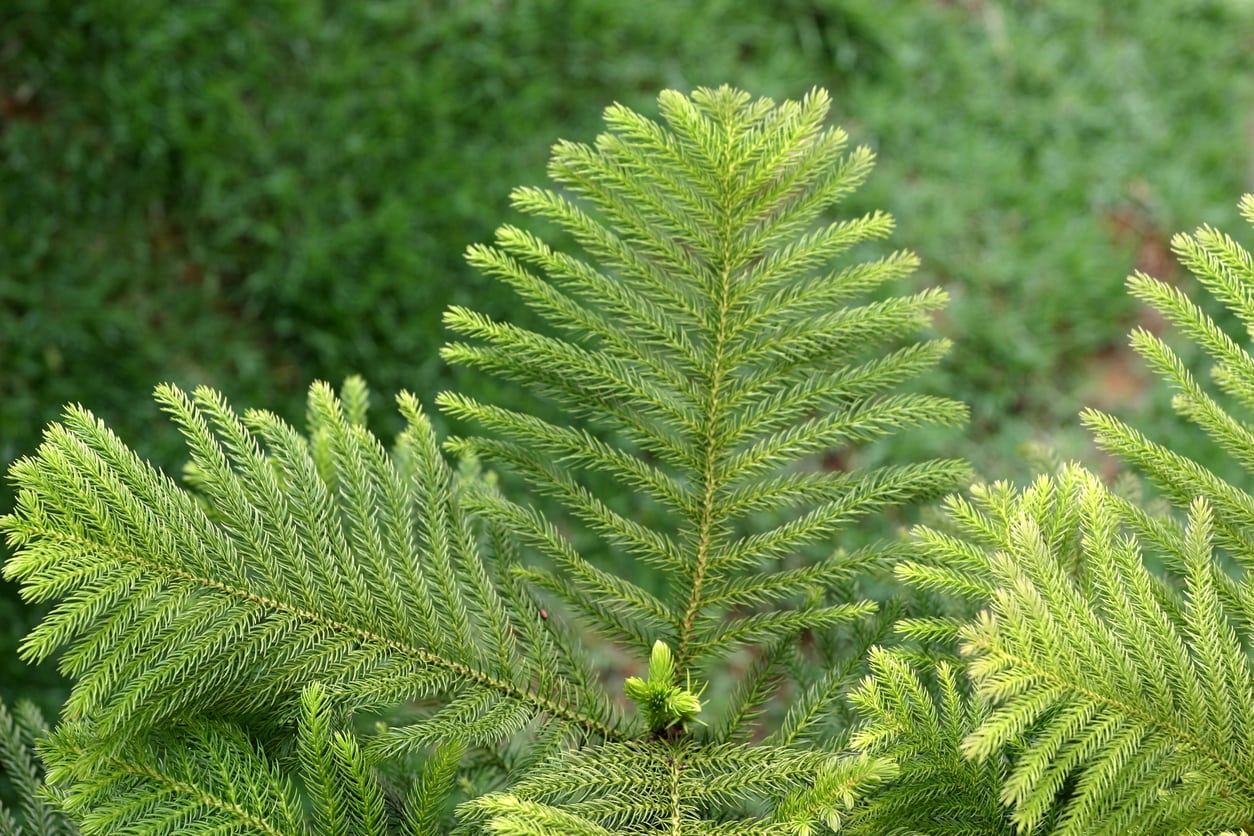 Can A Norfolk Island Pine Grow Outdoors – Planting Norfolk Pines In The Landscape
Can A Norfolk Island Pine Grow Outdoors – Planting Norfolk Pines In The LandscapeYou?re far more likely to see Norfolk Island pine in the living room than a Norfolk Island pine in the garden. Can a Norfolk Island pine grow outdoors? It can in the correct climate. Click here to learn about their cold tolerance and tips on caring for outdoor Norfolk Island pines.
By Teo Spengler
-
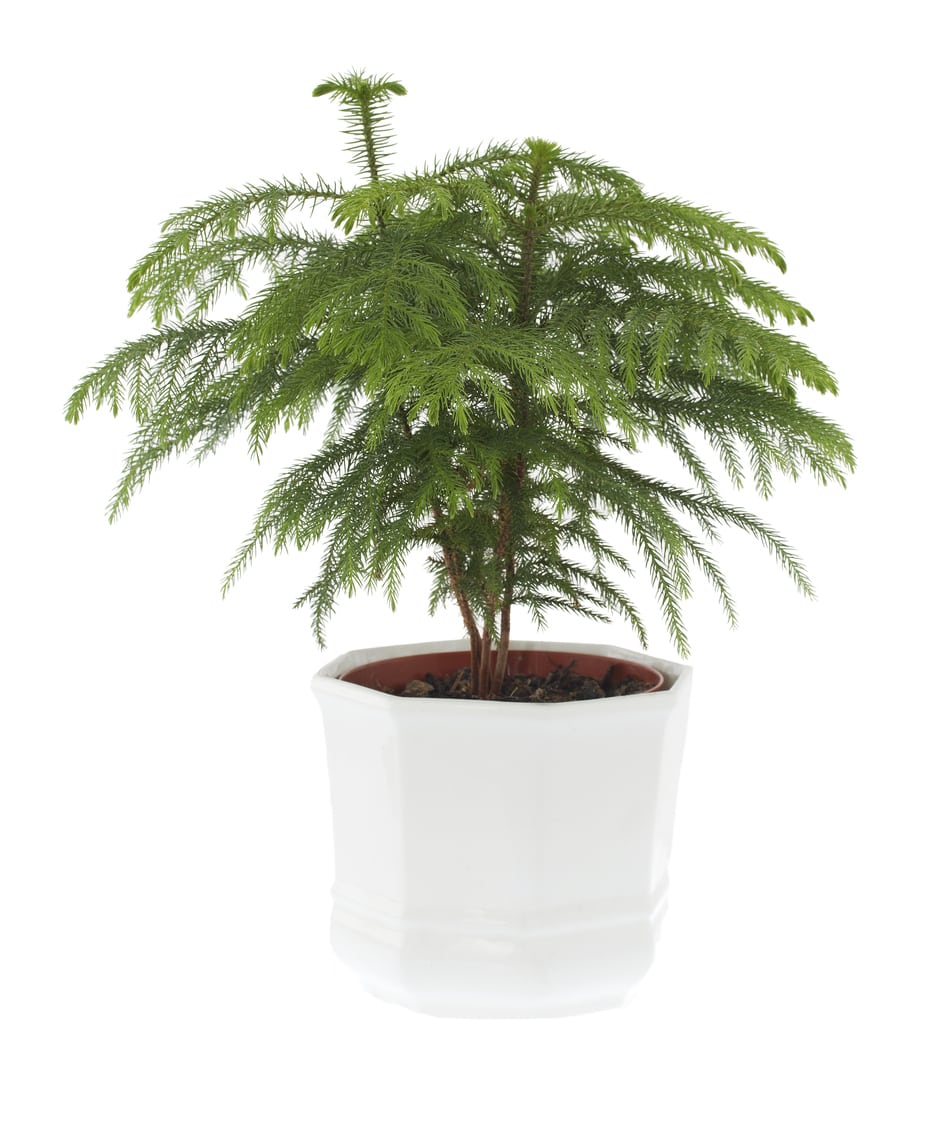 Propagating Norfolk Pines: How To Propagate Norfolk Pine Trees
Propagating Norfolk Pines: How To Propagate Norfolk Pine TreesNorfolk Island pines are graceful, ferny, evergreen trees. Their beautiful symmetrical growth habit make them popular indoor plants. Propagating Norfolk pines from seeds is definitely the way to go for creating more of these plants. Click here for more info.
By Teo Spengler
-
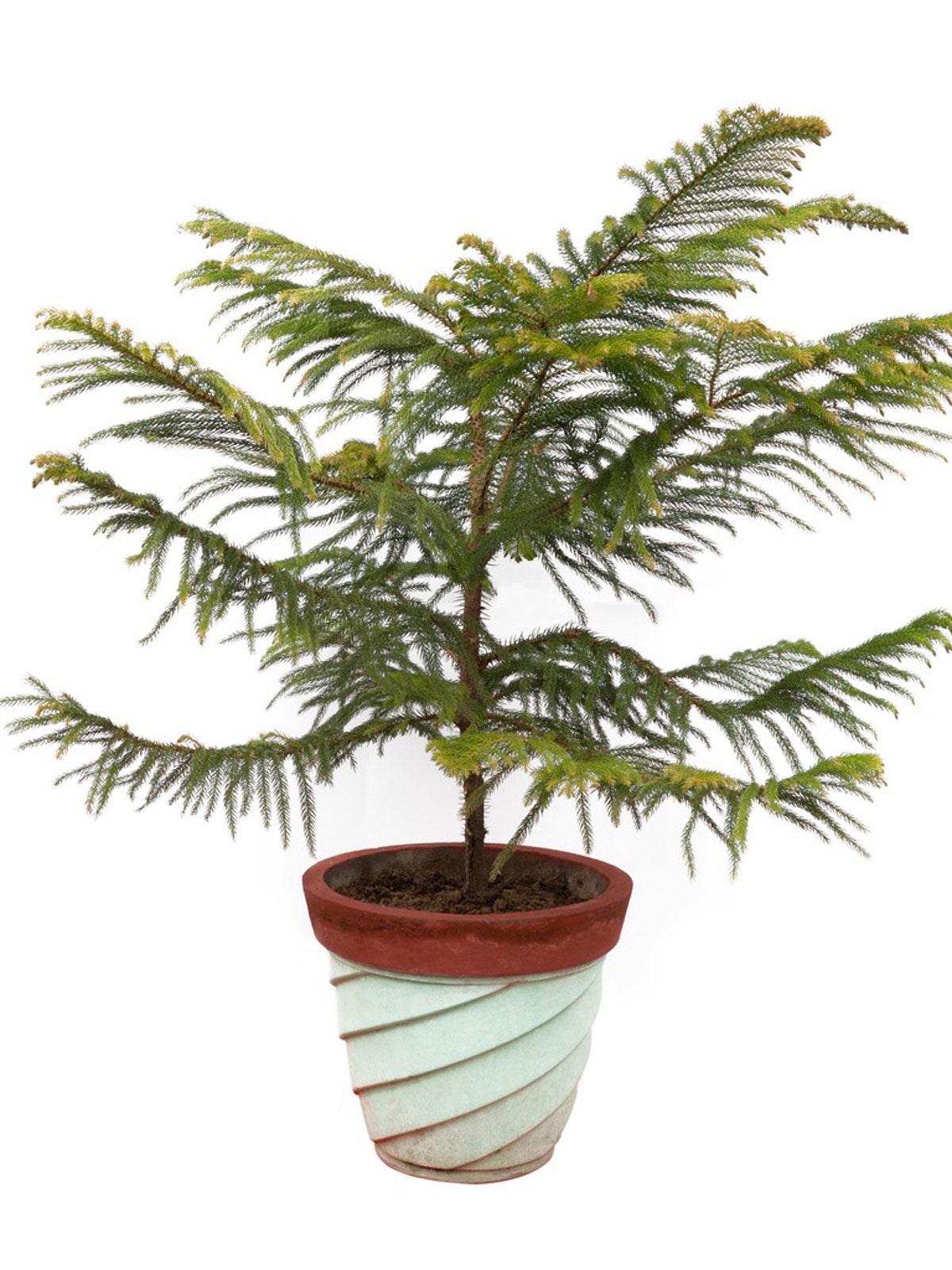 Norfolk Island Pine Pruning: Information On Trimming A Norfolk Island Pine
Norfolk Island Pine Pruning: Information On Trimming A Norfolk Island PineIf you want to keep the container tree or transplant it outdoors, you may want to know about the pruning of Norfolk Island pine trees. Should you prune a Norfolk Island pine? Learn the ins and outs of Norfolk Island pine pruning in this article.
By Teo Spengler
-
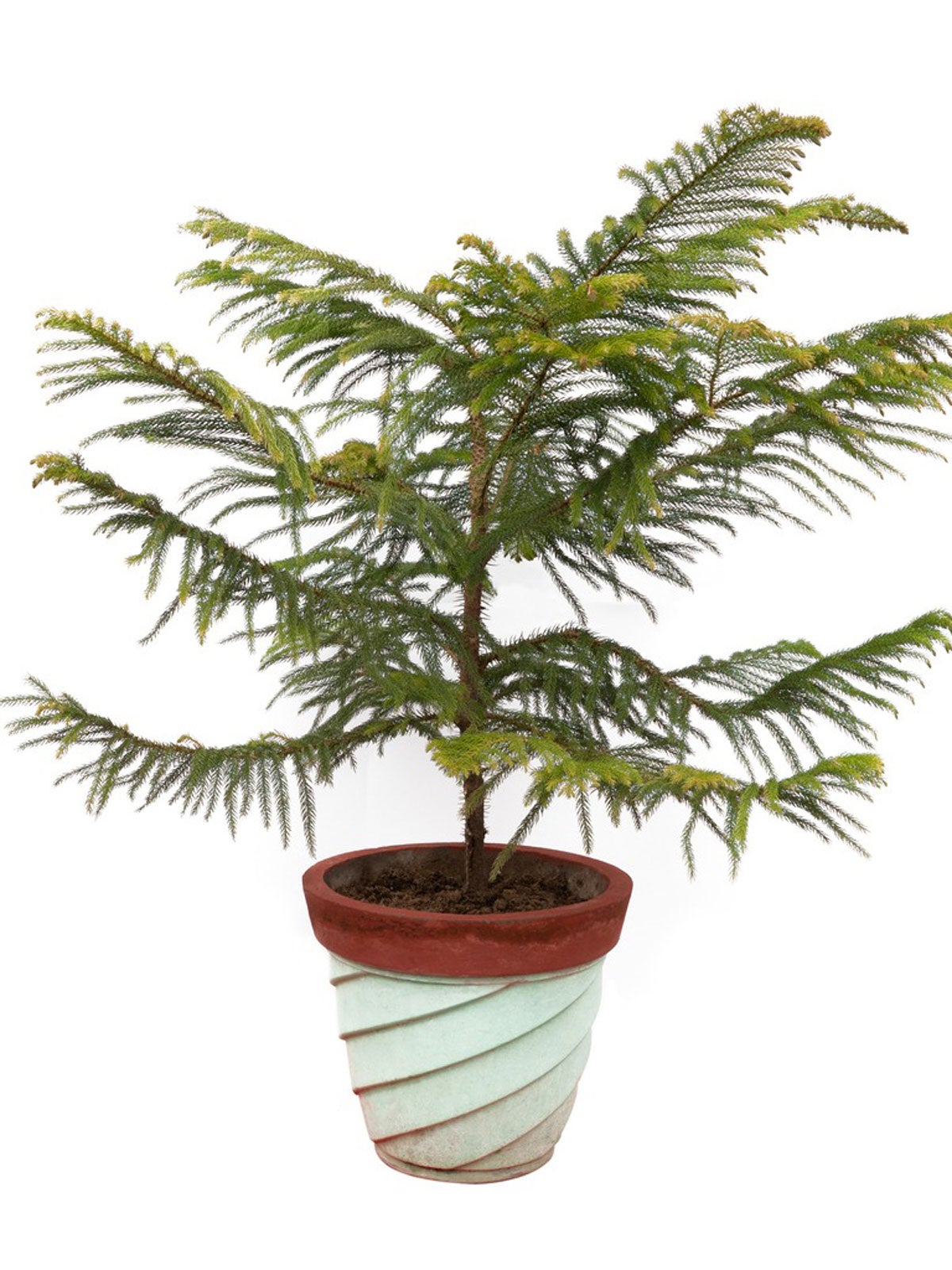 Norfolk Pine Dropping Branches: What To Do For Branch Tips Falling Off Norfolk Pine
Norfolk Pine Dropping Branches: What To Do For Branch Tips Falling Off Norfolk PineAlthough not a true pine, Norfolk Island pines produce beautiful branches and adapt well to indoor life. But what happens when those branches begin dropping? Learn more here.
By Kristi Waterworth
-
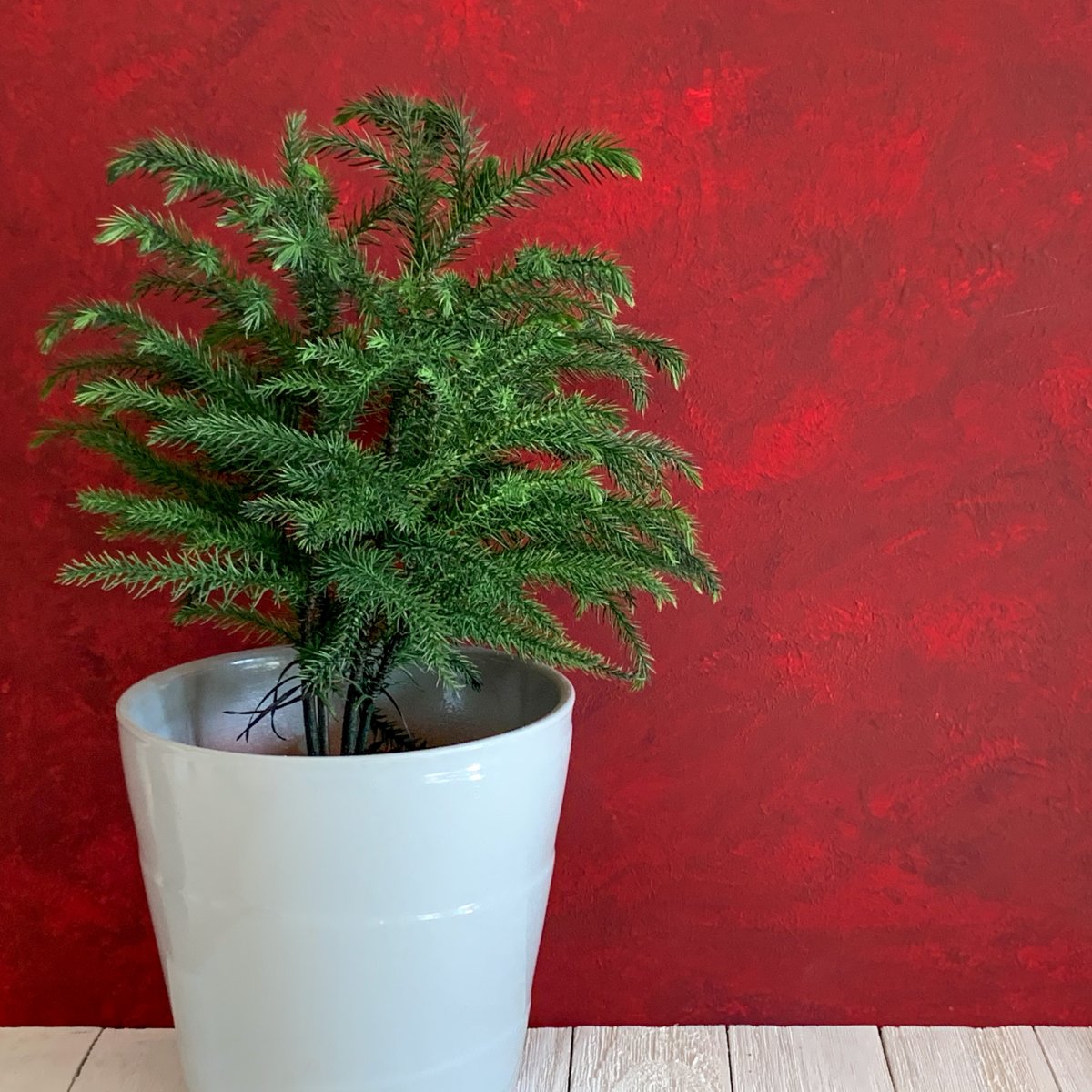 Norfolk Island Pine Care: Expert Tips For A Lush, Tropical Tree Indoors
Norfolk Island Pine Care: Expert Tips For A Lush, Tropical Tree IndoorsCaring for a Norfolk Island pine as an indoor plant requires a few specific conditions, but is well worth the effort. Here's how to do it.
By Heather Rhoades